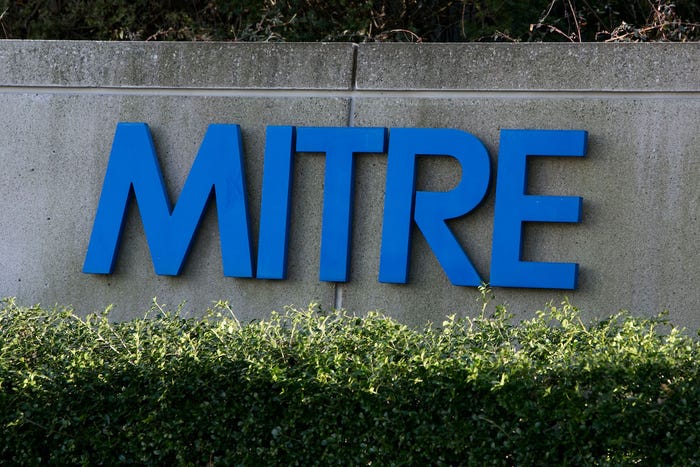Microsoft Issues Zero-Day IE Warning
Internet Explorer 9 is not affected and the risk is not significant enough to prompt an emergency patch.

Microsoft on Wednesday said it is investigating reports of a vulnerability in all supported versions of Internet Explorer, which is to say IE 6 through 8.
"The vulnerability exists due to an invalid flag reference within Internet Explorer," Microsoft said in a security advisory. "It is possible under certain conditions for the invalid flag reference to be accessed after an object is deleted. In a specially-crafted attack, in attempting to access a freed object, Internet Explorer can be caused to allow remote code execution."
Internet Explorer 9, available for public beta testing, is not affected.
Microsoft says that the Data Execution Prevention (DEP) technology included in Internet Explorer 8 and Protected Mode, in Windows Vista and 7, will help mitigate the threat posed by this vulnerability.
In a post on the Microsoft Security Response Center blog, Microsoft group manager of response communications Jerry Bryant says that the exploit code was discovered on a single Web site which is no longer serving the code. He says that the issue is not serious enough to merit an out-of-band (emergency) patch.
HD Moore, CSO at Rapid7 and chief architect of the Metasploit framework concurs. In an e-mailed statement, he said that there are better options for drive-by attacks than this particular exploit.
In an analysis of the exploit, Symantec security researcher Vikram Thakur notes that those behind the attacks sent malicious code to individuals at a select group of targeted organizations. Victims received e-mail messages with a link to a malicious Web page that had been added to a legitimate Web site. Those visiting the page with a vulnerable browser provided the attacker(s) with the ability to execute remote code.
Based on a captured snapshot of the network traffic sent and received by the malicious code, Thakur suggests that portions of the attack were directed by a person rather than a script. "Looking at the flow of commands, it is obvious to us that someone is entering these commands manually from a remote computer," he said.
Read more about:
2010About the Author(s)
You May Also Like
Beyond Spam Filters and Firewalls: Preventing Business Email Compromises in the Modern Enterprise
April 30, 2024Key Findings from the State of AppSec Report 2024
May 7, 2024Is AI Identifying Threats to Your Network?
May 14, 2024Where and Why Threat Intelligence Makes Sense for Your Enterprise Security Strategy
May 15, 2024Safeguarding Political Campaigns: Defending Against Mass Phishing Attacks
May 16, 2024
Black Hat USA - August 3-8 - Learn More
August 3, 2024Cybersecurity's Hottest New Technologies: What You Need To Know
March 21, 2024




